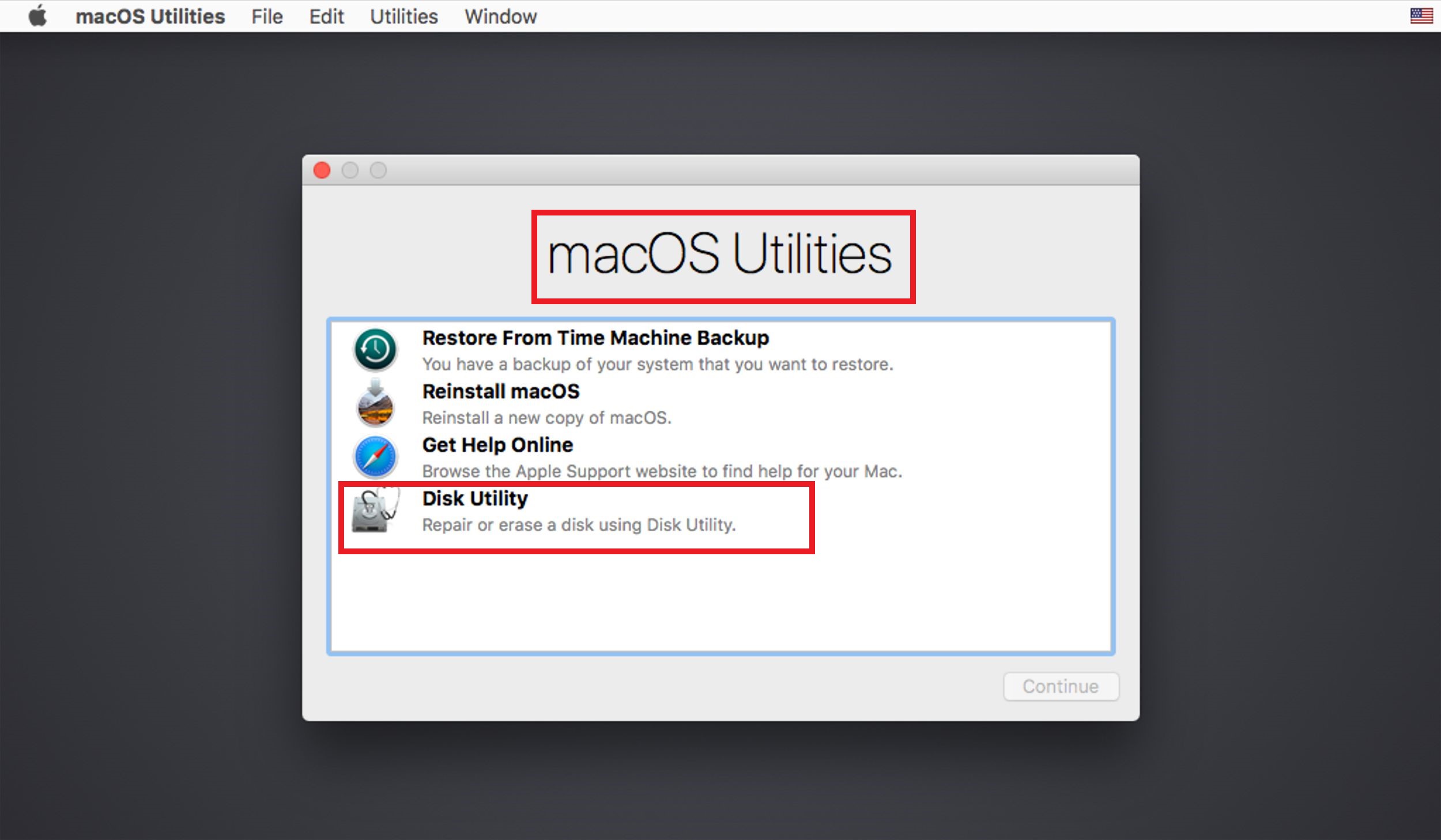

It has multiple built-in capabilities that can detect and repair errors. The First Aid function within Disk Utility can quickly check the status of your Mac disk, volumes, and external devices. Some folks really don’t like the thought of poking around in Disk Utility, but it’s simple to use and not a place to fear. What is the Disk Utility’s First Aid function? Here, we’ll explain how to run First Aid to fix possible problems on your Mac. These kinds of issues indicate there could be a problem with your Mac disk that definitely needs investigating. Your thoughts on data security when recycling? thanks.If you're experiencing these issues on your Mac, it might be time to run the Disk Utility’s First Aid function and repair your disk:įirst things first, if you're encountering any of the above items, it's time to backup your data before it's too late. What is your level of comfort regarding how you choose to remove data from these newer SSD drives for the purpose of recycling a Mac? Or would you open the computer and destroy the SSD? I've had that thought. And such erased is recoverable I think if someone was so inclined. But what about the SSD's where you can't do that? Would just erase and be happy? I just have family business type stuff on the drives that I erased long ago but not yet the entire drive. The 2009 is a HDD (two in fact one I once put in in place of the CD (remember CD's?) and is HFS+ I think.Īpple did away with the ability to overwrite drives what 1, 7 or 35 times or whatever it was? when they went to SSD's because they said the way files get stored on SSD's, that method of eliminating data doesn't really work or something like that? My guess is I will be able to overwrite the 2009 HDD's if I choose to go to that trouble. The 2013 is SDD and runs Catalina (APFS). What are your thoughts on simply erasing disks and then recycling for perhaps some next guy to have the old computer? I have a 2009 and a 2013 MacBook Pro I want to recycle.


 0 kommentar(er)
0 kommentar(er)
